The UPC 2025 Calendar: A Comprehensive Overview
Related Articles: The UPC 2025 Calendar: A Comprehensive Overview
- Lunar Phases Calendar 2025: A Comprehensive Guide
- Small Desk Calendar 2025-2026: An Indispensable Companion For Your Daily Organization
- Calendario 2025 Perú Para Imprimir
- Show Me A Calendar Of August 2025
- 5×7 Printable Calendar 2025: Plan And Organize Your Year In Style
Introduction
In this auspicious occasion, we are delighted to delve into the intriguing topic related to The UPC 2025 Calendar: A Comprehensive Overview. Let’s weave interesting information and offer fresh perspectives to the readers.
Table of Content
Video about The UPC 2025 Calendar: A Comprehensive Overview
The UPC 2025 Calendar: A Comprehensive Overview
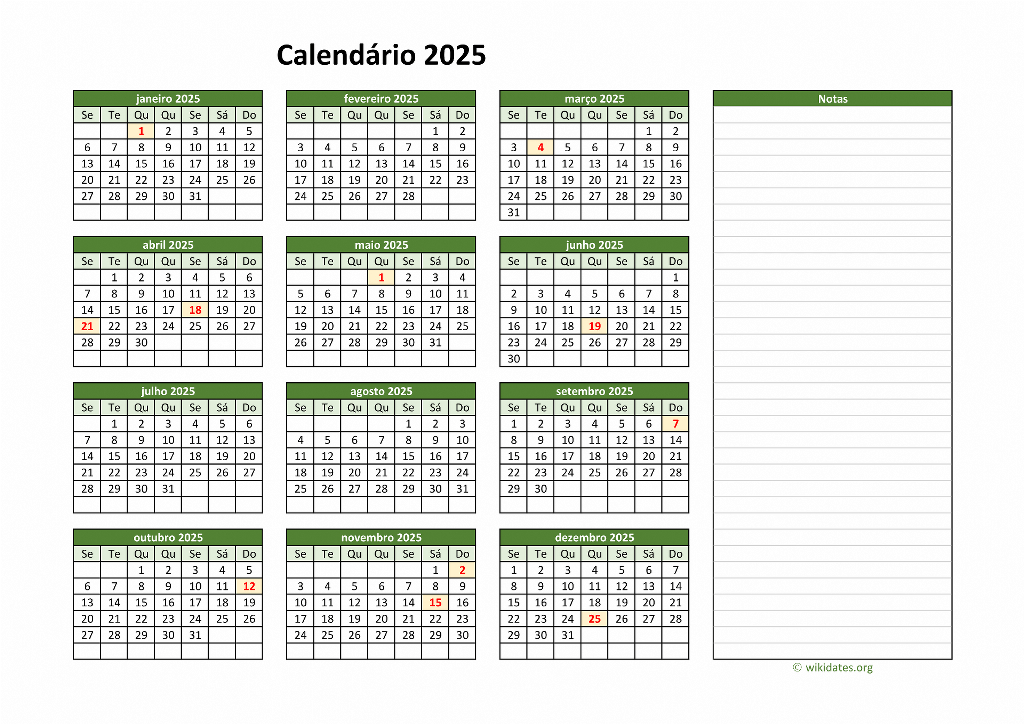
Introduction
The Universal Product Code (UPC) is a barcode system widely used for tracking and identifying products in retail and other industries. The UPC 2025 standard, an updated version of the original UPC-A code, is designed to enhance data capacity and improve accuracy. This article provides a comprehensive overview of the UPC 2025 calendar, its benefits, implementation considerations, and future implications.
Structure and Components
The UPC 2025 barcode consists of 16 digits, divided into four sections:
- Number System Character (NSC): A single digit indicating the type of code (0 for UPC 2025).
- Manufacturer Code: A unique five-digit code assigned to the manufacturer by GS1.
- Product Code: A five-digit code assigned by the manufacturer to identify a specific product.
- Check Digit: A single digit calculated based on the previous 15 digits to ensure accuracy.
Benefits of UPC 2025
- Increased Data Capacity: UPC 2025 can encode more data than its predecessor, allowing for additional product information such as size, color, or expiration dates.
- Improved Accuracy: The check digit mechanism enhances accuracy by verifying the validity of the barcode data.
- Global Interoperability: UPC 2025 is a globally recognized standard, facilitating seamless product identification across different countries and supply chains.
- Enhanced Traceability: The unique combination of manufacturer and product codes enables improved traceability of products throughout the supply chain.
Implementation Considerations
Implementing UPC 2025 requires careful planning and collaboration among manufacturers, retailers, and other stakeholders. Key considerations include:
- Barcode Generation: Manufacturers must generate UPC 2025 barcodes according to the GS1 specifications.
- Scanner Compatibility: Retailers and other users must ensure that their scanners are compatible with UPC 2025 barcodes.
- Data Management: Businesses need to establish systems for capturing, storing, and processing the additional data encoded in UPC 2025.
- Training and Communication: Training and communication are essential to ensure that all stakeholders understand the transition and its implications.
Future Implications
The adoption of UPC 2025 has several potential implications for the future of product identification and management:
- Enhanced Product Transparency: The additional data capacity allows consumers to access more information about products, such as origin, ingredients, and sustainability certifications.
- Improved Supply Chain Efficiency: Enhanced traceability and data accuracy can streamline supply chain operations, reducing errors and improving inventory management.
- Integration with Emerging Technologies: UPC 2025 can serve as a foundation for integrating with emerging technologies such as RFID and IoT, enabling real-time tracking and data analytics.
Transition Timeline
The transition to UPC 2025 is a gradual process that will take place over several years. The following timeline outlines key milestones:
- 2023: GS1 announces the UPC 2025 standard.
- 2024: Manufacturers begin generating UPC 2025 barcodes for new products.
- 2025: Retailers and other stakeholders start accepting UPC 2025 barcodes.
- 2027: UPC-A barcodes are phased out, with UPC 2025 becoming the standard.
Conclusion
The UPC 2025 calendar marks a significant advancement in product identification technology. By providing increased data capacity, improved accuracy, and enhanced traceability, UPC 2025 has the potential to transform product management and supply chain operations. Its adoption requires careful planning and collaboration among all stakeholders, but the benefits it offers make the transition worthwhile. As the industry embraces UPC 2025, we can anticipate further innovations and advancements in the field of product identification and management.
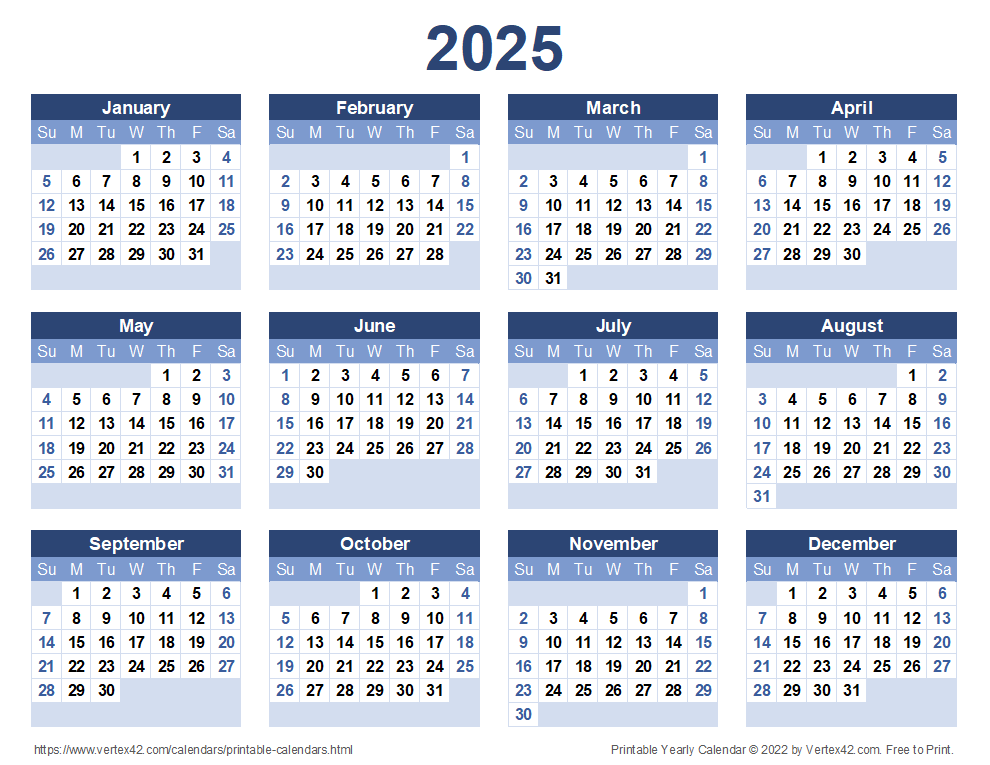
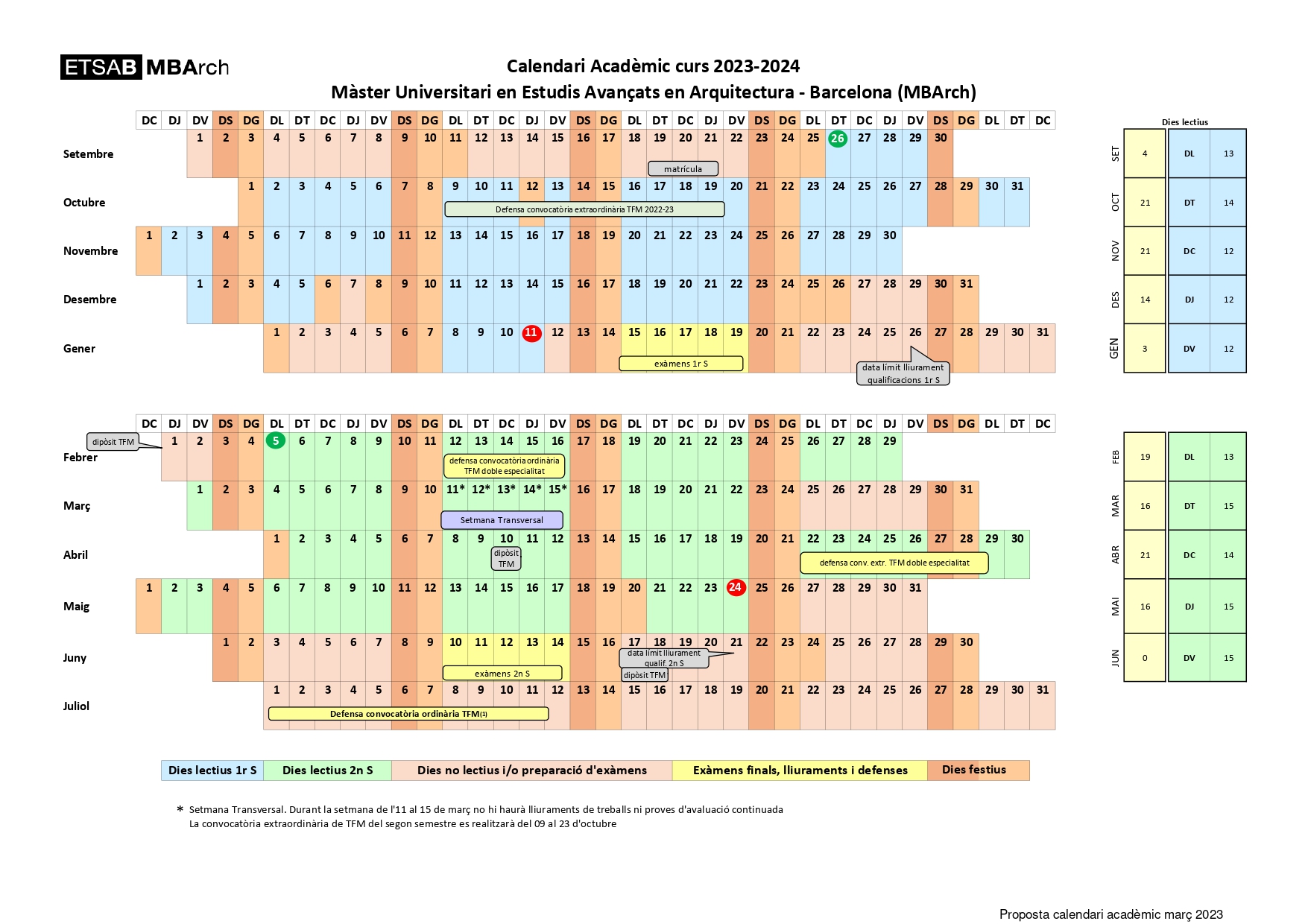
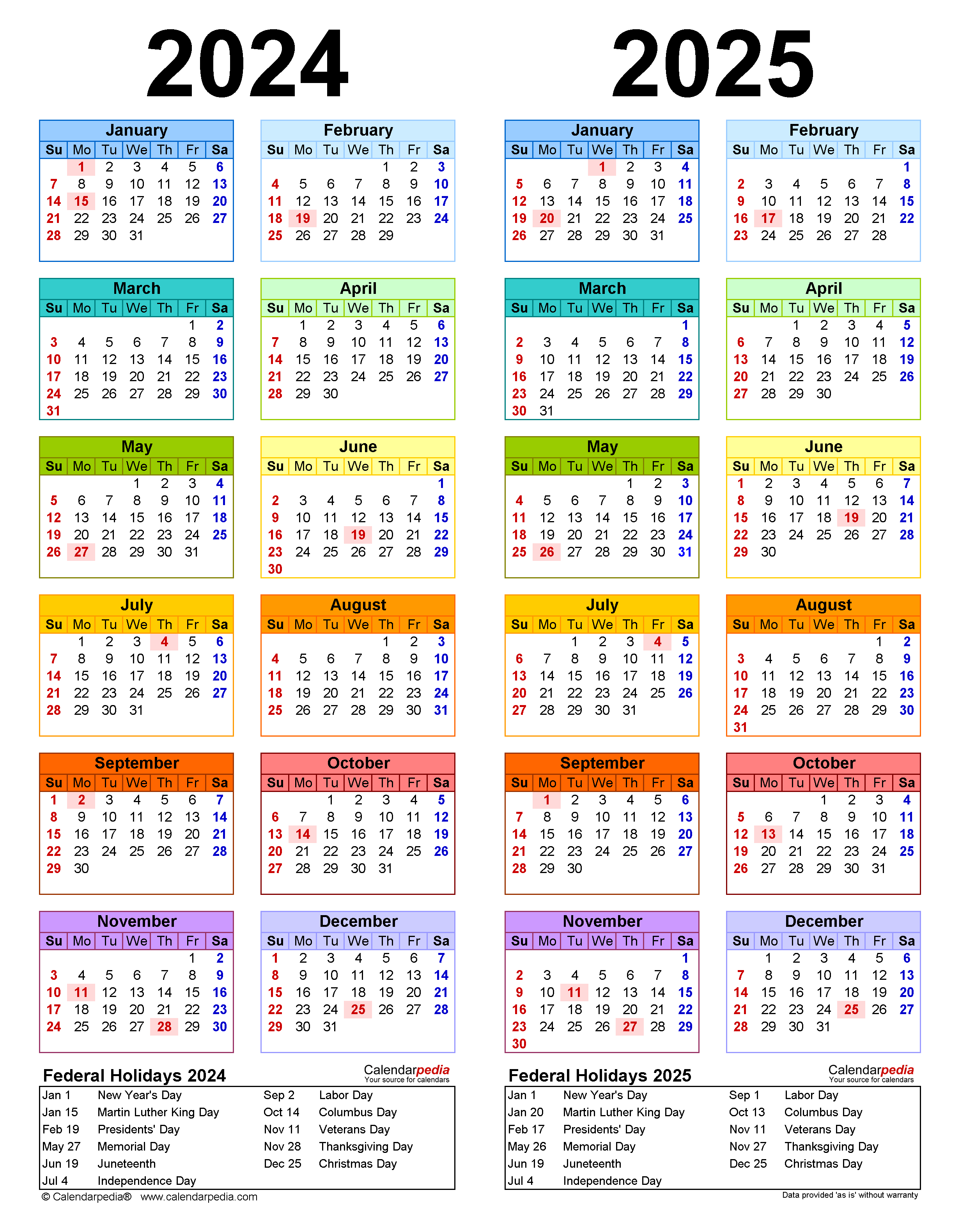
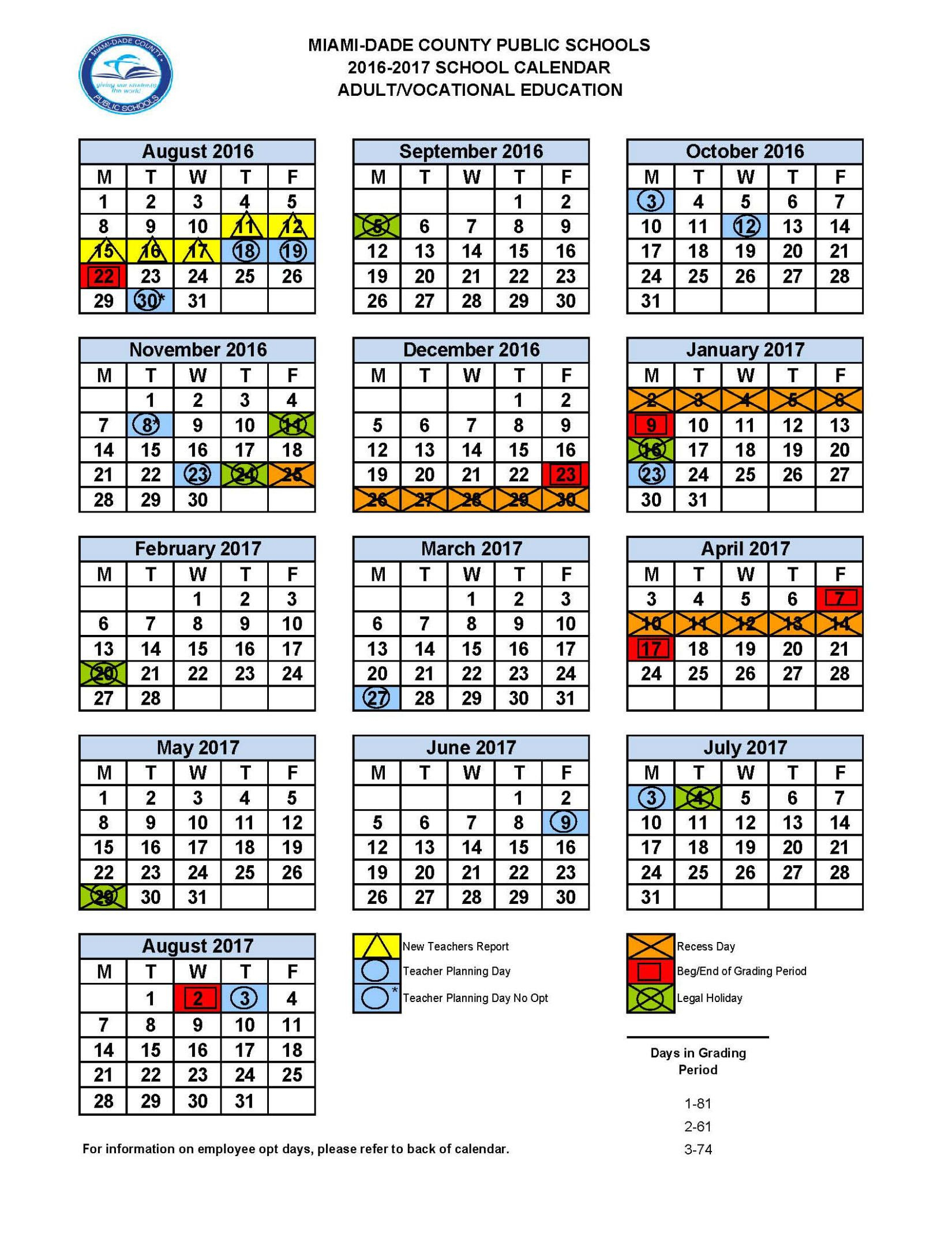

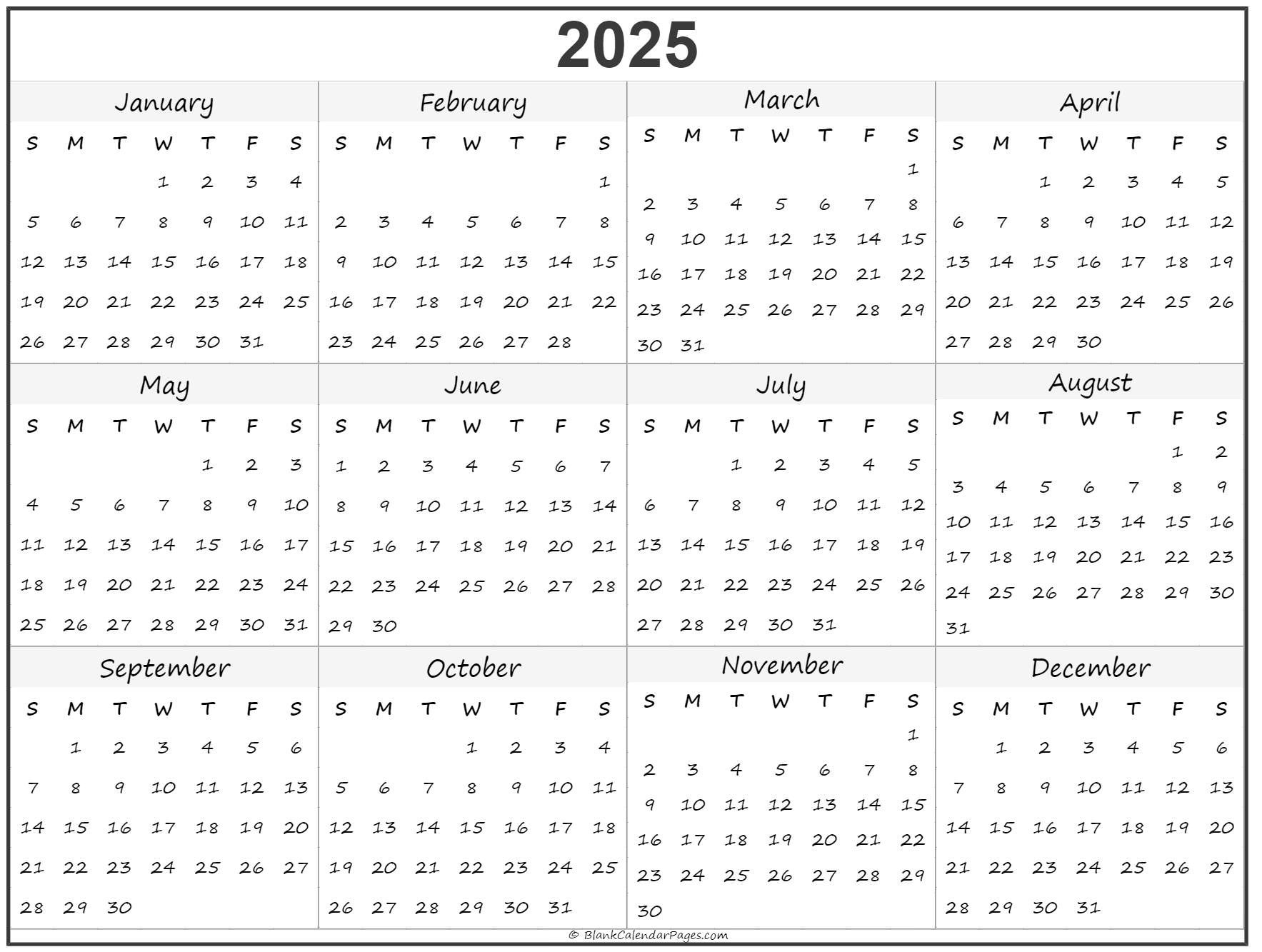
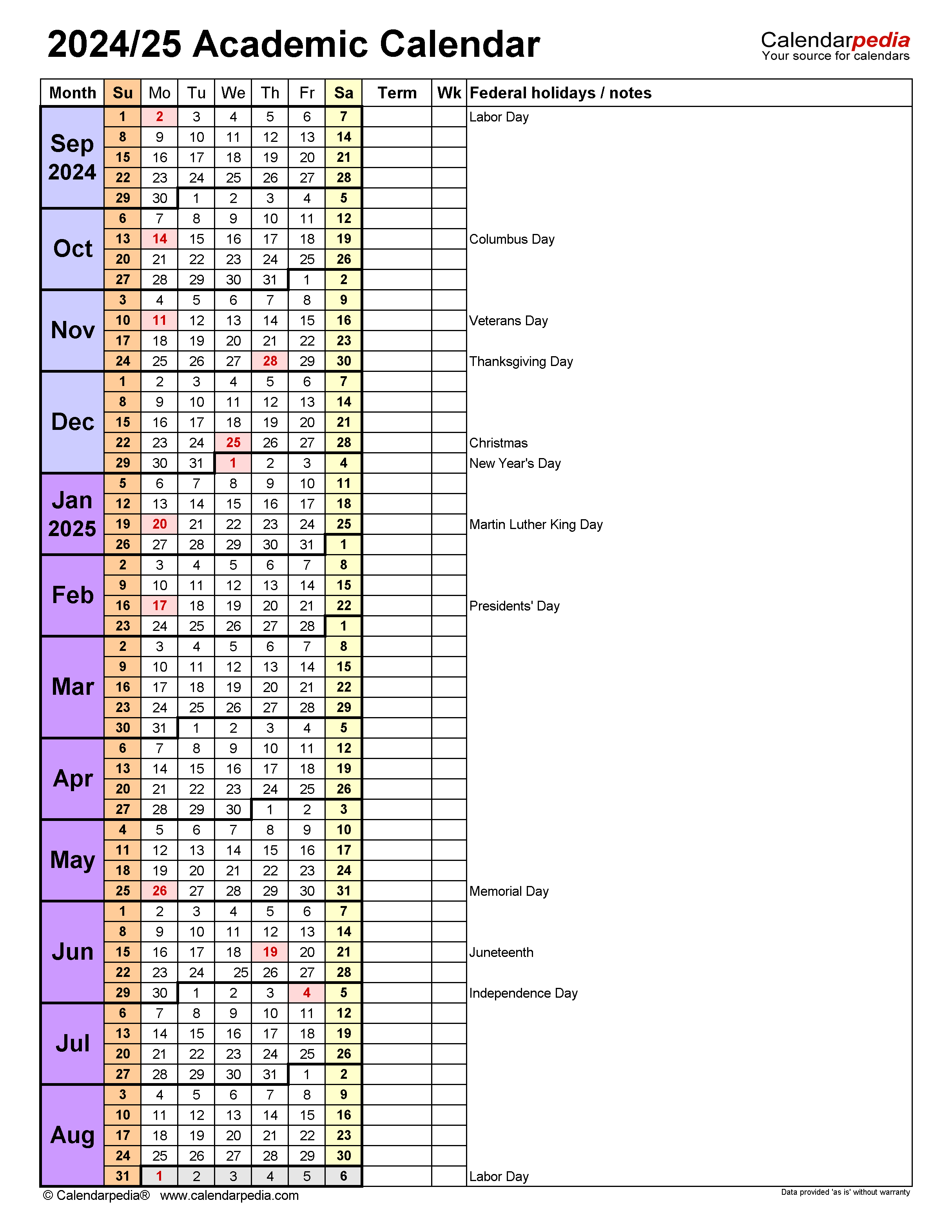
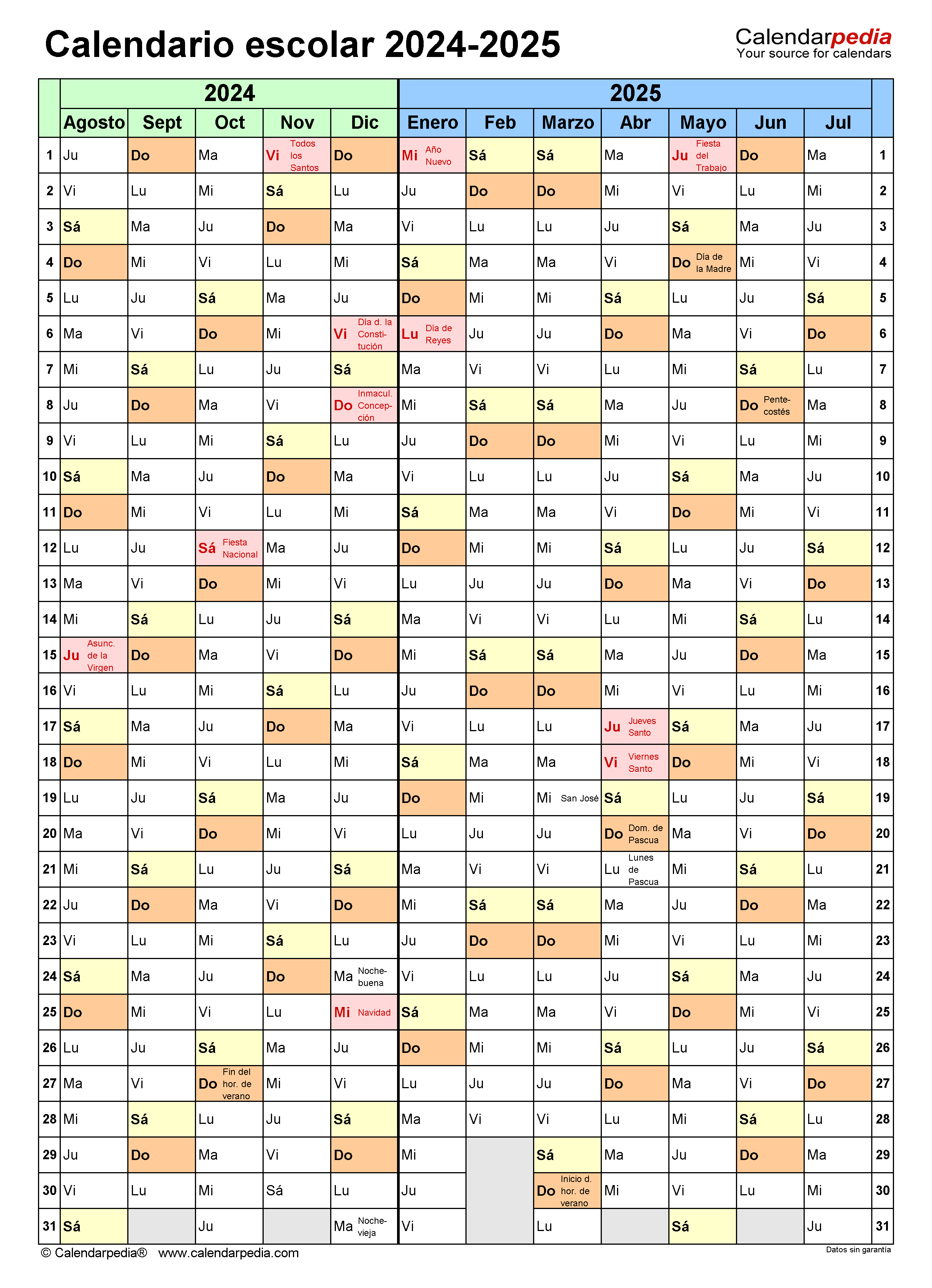
Closure
Thus, we hope this article has provided valuable insights into The UPC 2025 Calendar: A Comprehensive Overview. We hope you find this article informative and beneficial. See you in our next article!